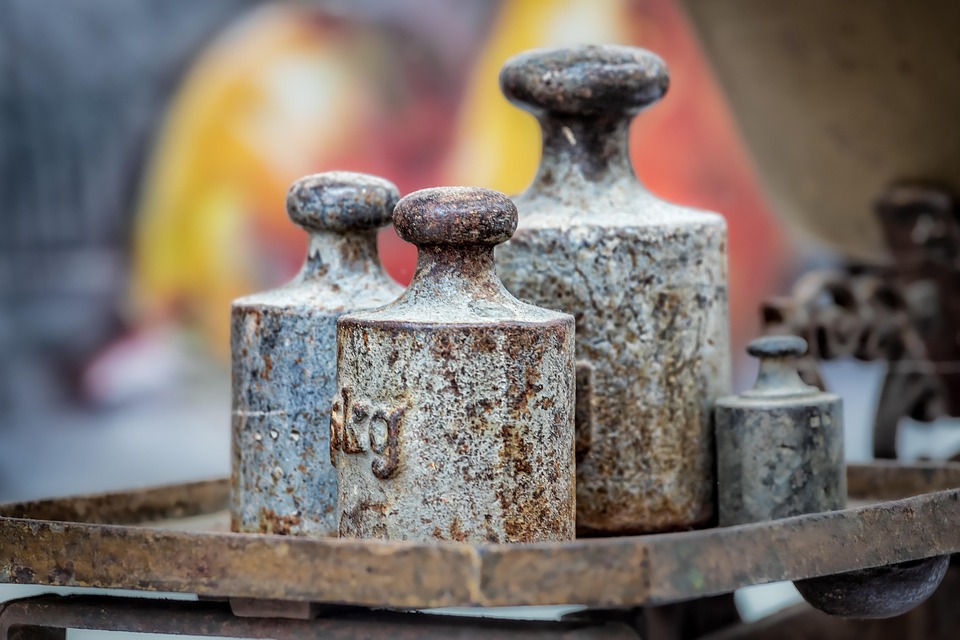The Spiritual Significance of Smudging: A Deep Dive into Indigenous Traditions
Smudging, a ritual practiced by indigenous cultures around the world, has gained popularity in recent years for its perceived spiritual and healing benefits. However, the true significance of smudging extends far beyond its trendy appeal, rooted in ancient traditions and spiritual practices that have been passed down through generations. In this article, we will delve into the spiritual significance of smudging, exploring its history, cultural context, and the profound impact it has on individuals and communities.
Origins and History
Smudging has its roots in the indigenous cultures of North America, where it has been an integral part of spiritual and healing practices for centuries. The word “smudging” itself refers to the act of burning sacred plants, such as sage, sweetgrass, or cedar, to release their purifying and protective properties. The tradition of smudging is believed to have originated among the Native American tribes of the Great Plains, where it was used to cleanse and protect individuals, homes, and communities from negative energies and spirits.
Cultural Significance
In indigenous cultures, smudging is not just a ritual, but a way of life. It is deeply embedded in the spiritual and cultural practices of the community, and is often performed during ceremonies, rituals, and daily life. Smudging is believed to have the power to:
- Purify and cleanse the body, mind, and spirit of negative energies and influences
- Protect individuals and communities from harm, negative spirits, and bad luck
- Bring balance and harmony to the environment and the people within it
- Connect individuals with the natural world and the divine
The Role of Sacred Plants
Sacred plants, such as sage, sweetgrass, and cedar, play a vital role in the smudging ritual. Each plant is believed to possess unique properties and energies that are released when burned, providing a range of benefits, including:
- Sage: known for its purifying and protective properties, sage is often used to drive out negative energies and spirits
- Sweetgrass: believed to bring positivity and good fortune, sweetgrass is often used to attract abundance and joy
- Cedar: known for its calming and grounding properties, cedar is often used to promote relaxation and reduce stress
The Smudging Ritual
The smudging ritual typically involves the burning of sacred plants, accompanied by prayer, intention, and ceremony. The ritual may vary depending on the cultural tradition and the specific purpose of the smudging, but common steps include:
- Preparation: the individual or community prepares for the smudging ritual by setting an intention, praying, or meditating
- Lighting the sacred plant: the sacred plant is lit, releasing its purifying and protective properties
- Smudging the space: the smoke from the sacred plant is wafted around the space, individuals, or objects, to cleanse and protect
- Prayer and intention: prayers and intentions are offered, sealing the smudging ritual and amplifying its effects
Modern Applications and Adaptations
While smudging has its roots in indigenous cultures, its practice has evolved and adapted to modern times. Many people around the world now incorporate smudging into their spiritual and healing practices, using it to:
- Reduce stress and anxiety
- Improve mood and well-being
- Enhance spiritual connection and awareness
- Purify and protect living and work spaces
However, it is essential to approach smudging with respect and sensitivity, acknowledging its cultural origins and significance. Smudging should not be used as a trendy or superficial practice, but rather as a meaningful and intentional ritual that honors the traditions and wisdom of indigenous cultures.
Conclusion
The spiritual significance of smudging extends far beyond its perceived benefits, rooted in ancient traditions and spiritual practices that have been passed down through generations. As we explore and adapt smudging into our modern lives, it is essential to approach this practice with respect, sensitivity, and a deep understanding of its cultural context. By doing so, we can harness the profound power of smudging, connecting with the natural world, the divine, and our own inner selves.


Leave a Reply